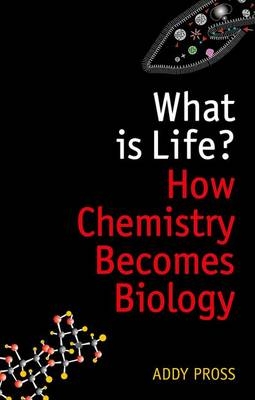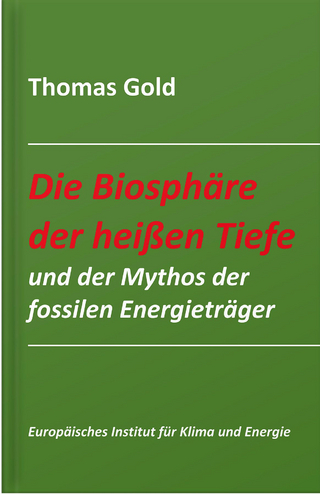
What is Life?
Oxford University Press (Verlag)
978-0-19-964101-7 (ISBN)
- Titel ist leider vergriffen;
keine Neuauflage - Artikel merken
Seventy years ago, Erwin Schrodinger posed a simple, yet profound, question: 'What is life?'. How could the very existence of such extraordinary chemical systems be understood? This problem has puzzled biologists and physical scientists both before, and ever since. Living things are hugely complex and have unique properties, such as self-maintenance and apparently purposeful behaviour which we do not see in inert matter. So how does chemistry give rise to biology? Did life begin with replicating molecules, and, if so, what could have led the first replicating molecules up such a path? Now, developments in the emerging field of 'systems chemistry' are unlocking the problem. Addy Pross shows how the different kind of stability that operates among replicating entities results in a tendency for certain chemical systems to become more complex and acquire the properties of life. Strikingly, he demonstrates that Darwinian evolution is the biological expression of a deeper and more fundamental chemical principle: the whole story from replicating molecules to complex life is one continuous coherent chemical process governed by a simple definable principle.
The gulf between biology and the physical sciences is finally becoming bridged.
Addy Pross received a Ph.D in Organic Chemistry from Sydney University in 1970. He is currently a Professor of Chemistry at Ben Gurion University of the Negev, Israel, and a recognized authority in the area of chemical reactivity to which he contributed with the highly cited and acclaimed Pross-Shaik model of chemical reactivity. He has held visiting positions in many universities word-wide, including the University of Lund, Stanford University, Rutgers University, University of California at Irvine, University of Padova, the Australian National University Canberra, and Sydney University. He has served on the editorial board of chemical and biological journals and a variety of academic management boards. In recent years he has directed his attention to the biological arena where he has applied his expertise in chemical reactivity to the Origin of Life problem and the broader question of the problematic chemistry-biology interface.
Prologue ; 1. Living things are so very strange ; 2. Historic quest for a theory of life ; 3. Understanding, understanding ; 4. Stability and instability ; 5. The knotty origin of life problem ; 6. Biology's crisis of identity ; 7. Biology is chemistry ; 8. What is Life?
| Erscheint lt. Verlag | 27.9.2012 |
|---|---|
| Zusatzinfo | Approx. 10 black and white illustrations |
| Verlagsort | Oxford |
| Sprache | englisch |
| Maße | 149 x 223 mm |
| Gewicht | 388 g |
| Themenwelt | Sachbuch/Ratgeber ► Natur / Technik |
| Naturwissenschaften ► Biologie ► Biochemie | |
| Naturwissenschaften ► Biologie ► Evolution | |
| Naturwissenschaften ► Biologie ► Genetik / Molekularbiologie | |
| Naturwissenschaften ► Chemie | |
| ISBN-10 | 0-19-964101-3 / 0199641013 |
| ISBN-13 | 978-0-19-964101-7 / 9780199641017 |
| Zustand | Neuware |
| Informationen gemäß Produktsicherheitsverordnung (GPSR) | |
| Haben Sie eine Frage zum Produkt? |
aus dem Bereich


